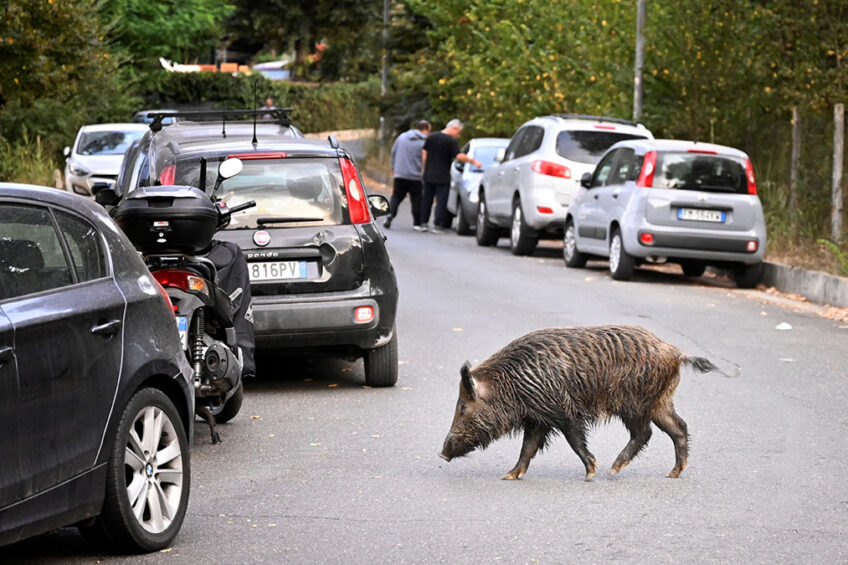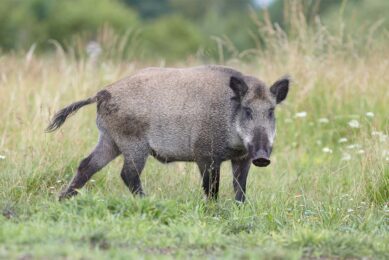ASF Italy: More infected wild boar near Rome

The find of a wild boar infected with African Swine Fever (ASF) near Rome, Italy, was not an incident. This week, another 3 wild boar carcasses were confirmed positive for ASF, which fuels the thought that the end is nowhere near yet. Meanwhile, authorities urge for a wild boar cull.
According to recent figures by the Italian veterinary institute IZSUM, 4 carcasses have been confirmed positive near Rome. These were all found in the Natural Reserve dell’Insugherata, a natural area of about 800 hectares north east of the Italian capital. The area is known to be full of wild boar, even though the exact size of the population is not known. Press agency Reuters speaks of “thousands.”
Tackling the ASF situation in Rome
The city of Rome, in cooperation with the Lazio region, has therefore installed a special committee to tackle the situation, chaired by Angelo Ferrari. He described the situation as “grave” in an interview with the Italian newspaper La Repubblica. He said that a farm of about 650 pigs is situatated close the reserve. The pigs will be slaughtered or culled depending on blood tests to avoid running any risks.
He also said that it is hypothesised that some infected wild boar might have gone north, to the other side of Rome’s ring road. More clarity about that is expected in the next 2 weeks.
Measures in the reserve
In the meantime, the national reserve has been proclaimed to be “infected area,” which means that no picknicking is allowed in the park as well as in nearby zones. This almost reaches as far as Vatican City. It is also compulsory to disinfect shoes and rubbish bins should be fenced off.
Boar overpopulation
Wild boar overpopulation is not an uncommon feature for Rome; a picture that is familiar from the situation in Poland and Germany. The animals are often seen scavenging in the roads of Rome or crossing streets unexpectedly, also causing accidents.
Reducing the wild boar population?
The situation leads to a debate as to how to solve the situation. Italian newspaper La Stampa quoted Andrea Costa. He is undersecretary for health who has been put in charge of tackling the ASF situation. In his opinion, the solution is reducing the wild boar population, and he announced to proceed to construct fences to contain the virus.
This intention was also shared by Andrea Napoletano, who told the Italian TV station RAI that there are plans to “selectively” reduce the wild boar population in Rome. Angelo Ferrari also supported this idea.
Is waste the real cause of the problem?
Representatives of the International Organization for Animal Protection (OIPA), however, have pointed to a different solution. They were quoted in Italy’s newspaper La Stampa, saying: “The citizens of Rome do not want the problem of the raids of some wild boar in the inhabited center caused by the waste emergency, and only by that, to be solved with blood. Now another pretext to invoke blood is some small case of swine fever, not transmissible to man.”
Situation in Liguria and Piedmont
In the meantime, the outbreaks in the cluster in Northern Italy continues to evolve slowly, still with an average of 1 positive carcass/day. On the basis of data by the World Organization for Animal Health as well as the IZSUM, there have been found 118 dead wild boar so far, of which 69 were in Piedmont, 46 in Liguria – the other 4 are from Lazio.
 Beheer
Beheer








 WP Admin
WP Admin  Bewerk bericht
Bewerk bericht